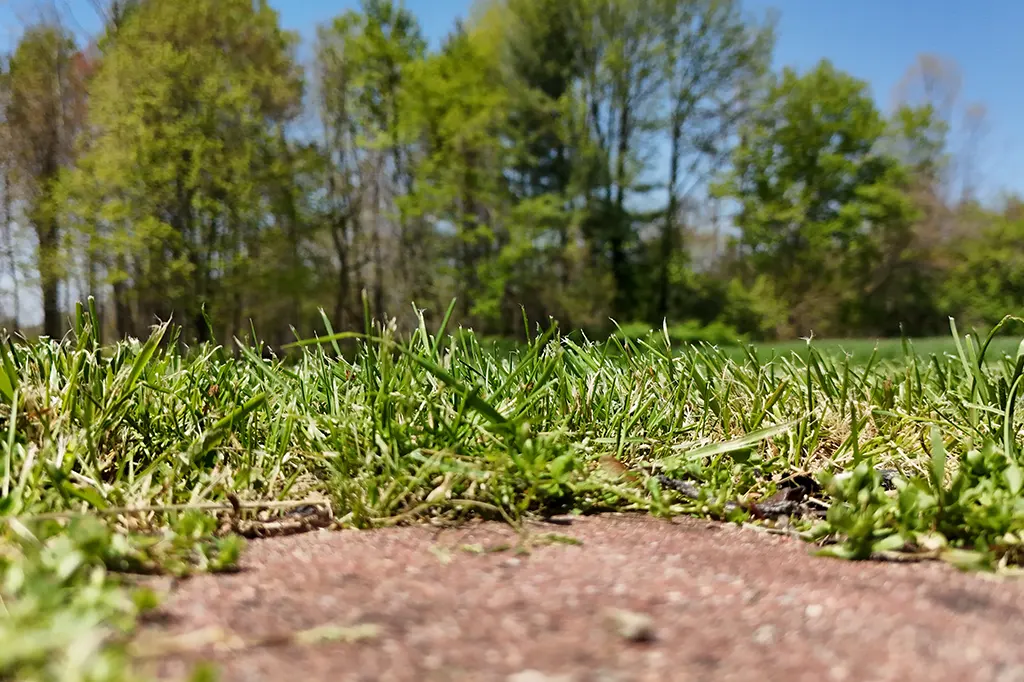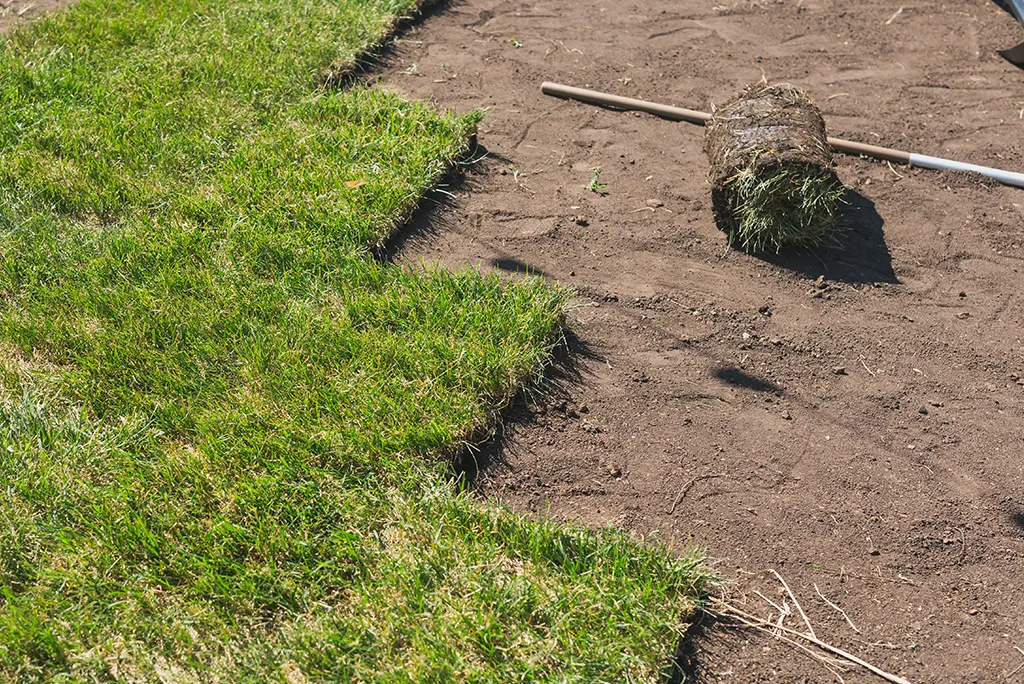
Soil erosion can be a problem for many property owners. If you live on a hill, near a riverbank, or in an area with heavy rain, you might notice soil loss over time. This can lead to unstable ground, poor plant growth, and potential damage to your landscape.One simple way to manage erosion is by installing turf. Grass holds soil in place, slows water flow, and helps prevent further damage. This guide explains why erosion happens, how turf helps, and how to install it properly.
Why Erosion Is a Problem
Soil erosion happens when wind, water, or foot traffic wear away the topsoil. The top layer of soil contains the nutrients plants need to grow. Once it’s gone, it becomes harder to support healthy vegetation.
Common causes of erosion include:
- Steep slopes where rainwater washes soil away quickly.
- Heavy foot traffic that damages grass and exposes soil.
- Frequent rain or strong winds that displace loose dirt.
- Land clearing and construction that remove protective vegetation.
How Turf Helps Prevent Erosion
Turf is a natural way to prevent erosion. Grass helps keep soil in place by growing deep roots that hold the soil together and prevent it from washing away. The grass itself also acts as a barrier, reducing the impact of rain and slowing down the movement of water across the ground.
Turf is especially effective in areas where you need quick coverage, like slopes or drainage zones.
Choosing the Right Grass for Erosion Control.
Different grass types do better in different conditions. Consider these factors when selecting grass for erosion control:
- Climate: Some grasses thrive in cool climates, while others prefer heat. Kentucky Bluegrass does well in drought and cold climates because of its durability. Bermuda grass suits warm climates and resists drought.
- Soil type: Grass varieties grow best in different soils. Ryegrass does well in sandy soil, while fescue handles clay-heavy areas.
- Land slope: Steep slopes need grass with strong root systems. Fescue, ryegrass, and Bermuda grass work well on inclines.
- Water availability: If your property gets little rainfall, choose drought-resistant options like Bermuda or Kentucky Bluegrass.

Installing Turf for Erosion Control
Once you choose the right grass, you can install turf using sod or seeds. Each method has benefits.
Step 1: Prepare the Site
- Remove weeds, rocks, and debris.
- Loosen compacted soil with a rake or garden fork.
- Add compost or organic material to improve soil health.
Step 2: Install the Turf
- Laying sod: Place sod pieces like bricks, ensuring no gaps between them. Press down lightly and water immediately.
- Planting seeds: Spread seeds evenly over the soil. Lightly rake the area to ensure contact with the soil. Cover with a thin layer of mulch to retain moisture and protect seeds from erosion.
Step 3: Water and Maintain
- Keep the soil moist until the grass establishes roots.
- Gradually reduce watering as the grass grows stronger.
Step 4: Use Mulch or Erosion Control Mats (If Needed)
In high-risk areas, such as steep slopes, mulch or erosion control products help keep soil in place. Turf reinforcement mats (TRMs) add long-term stability, especially in spots with high flow runoff. These mats slowly break down over time, allowing grass to take root and hold the soil together.
Ongoing Care and Maintenance
To keep your turf in ideal condition, check for weak spots that might need reseeding or additional sod. Fertilize the grass a couple of times a year to encourage healthy growth and aerate the soil annually to help roots penetrate deeply.
With regular care, your turf will continue to protect your land from erosion for years.
Protecting Your Land with Turf
Turf is one of the most effective and natural ways to prevent soil erosion. Choosing the right grass and properly installing it protects your land from erosion and keeps your landscape lush and green.
Contact Lavington Turf Farms for high-quality turf solutions and expert advice to help protect your land from erosion.